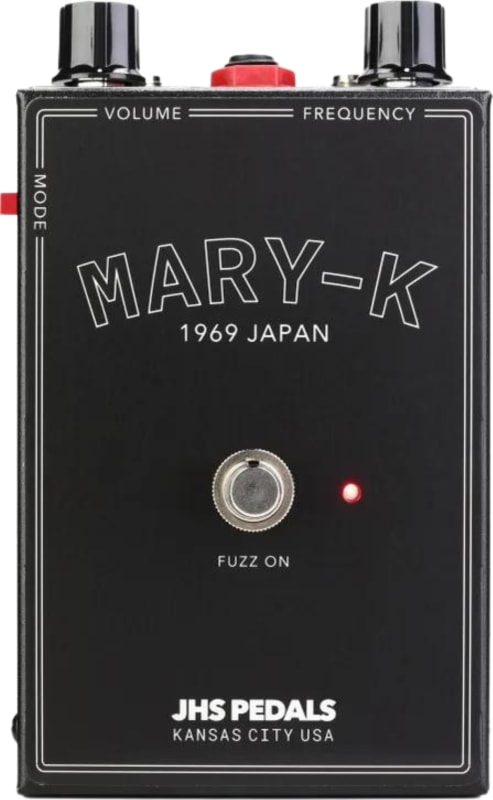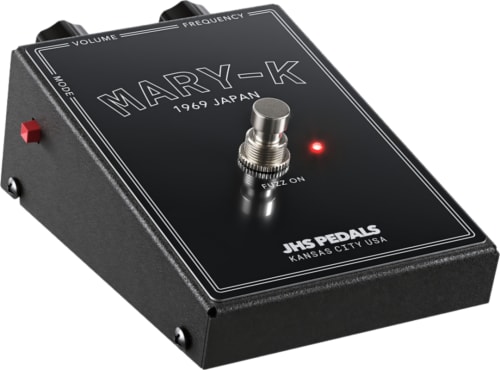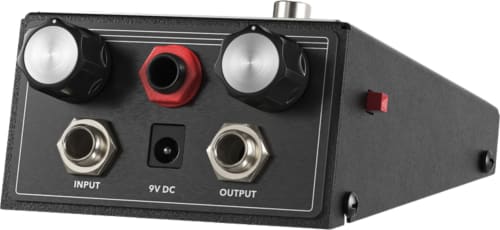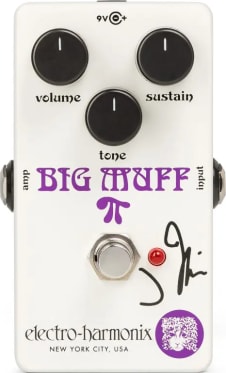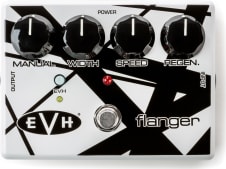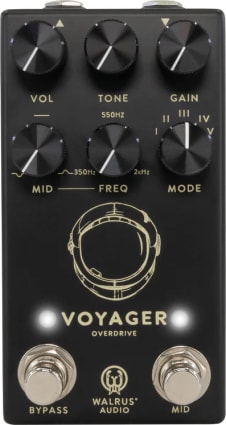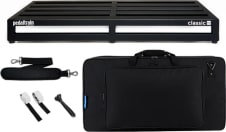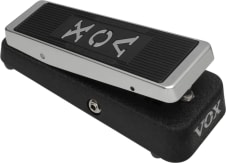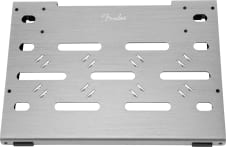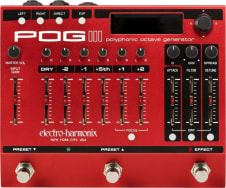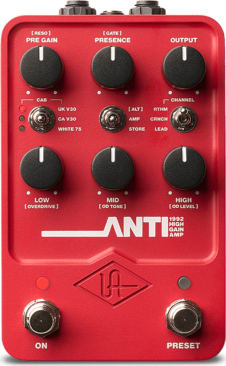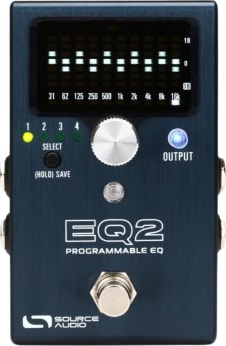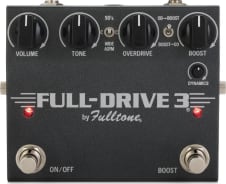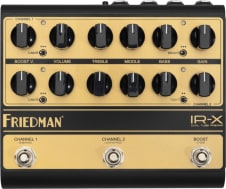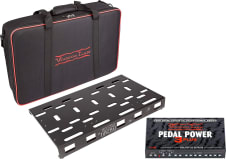At JHS, fuzz pedals have been in their lineup for over a decade. JHS have designed original circuits, replicated classics, and they have seen the trend of fuzz popularity come and go. The "Legends Of Fuzz'' series is JHS's tribute to the most important fuzz circuits ever made. It is their way of ensuring that the stories of these effects live on in the music that you are going to make. From the earliest days of fuzz in the mid-60's London scene to the 1990's ex-Soviet military factories that brought the Big Muff back to life, fuzz tells a story, and that story includes guitarists just like you. There is nothing more primitive than plugging your guitar into a vintage fuzz circuit; it is raw, untamed, and so pure that it pushes the boundaries of what your instrument can accomplish. Plug into a fuzz and plug into sixty years of beautifully broken sound. Kay Musical Instruments was founded by Henry “Kay” Kuhrmeyer on July 1, 1931. Although Henry quickly shifted production focus to all types of stringed instruments (including basses, violas and guitars), they didn’t enter the guitar pedal market until the late 1960s with a series of knobless, treadle-based delightfully odd plastic pedals. Each of these four units (the Fuzz Tone F1, Tremolo T1, Wah Wah W1 and Bass Boost B1) were housed in knobless, treadle-based enclosures allowing one parameter of each effect to be adjusted by foot. The Kay Fuzz Tone was most likely released in late 1968/early 1969. Initially designed as a low-cost-version of the Shin-ei/Univox Superfuzz, this fuzz is one of the Edge’s go-to pedals. Fifty-four years later, JHS is releasing our spin on the Kay Fuzz Tone: the Mary-K. JHS even added knobs and an expression pedal output for those who want to use it as it was originally intended. Rather than using a treadle chassis, JHS allow Mary-K users the option to control the Frequency knob with an expression pedal. They recommend the Nektar NX-P and Roland EV-5 expression pedals, but many other expression pedals should also work. Be advised: some expression pedals may introduce a hum/noise into the signal chain in high electromagnetic interference environments. Therefore, JHS recommend using plastic chassis expression pedals with short cables to avoid unwanted noise in a high EMI environment.
Features
- A modern take on the Kay Musical Instruments F-1 Fuzz Tone pedal
- Adds Volume and Frequency knobs, along with a Mode button for maximum sonic flexibility
- Expression pedal input allows players to replicate the original pedal's treadle-based operation
- Delivers the same fuzz-drenched sound as its quirky predecessor
- Yields Octavia-like textures when you crank it; great for Hendrix-ian leads and mind-bending psychedelic chords
Specifications
Check This Out!
Connect With Us
© 2025 GearTree


